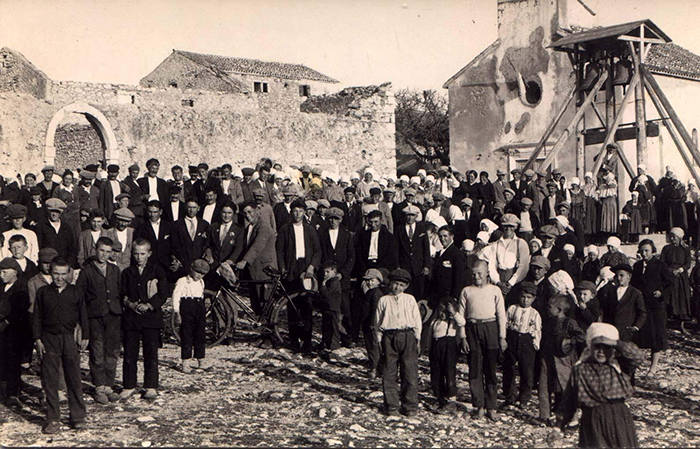Municipality of Povljana on the island of Pag abounds in prehistoric archaeological localities. So far, the oldest item found is a fragment of a stone axe from copper-stone age (Eneolithic). Liburnians and Romans left an indelible mark in the history of Pag, and the Povljana territory is here to prove that.

The name of Povljana comes from the Roman name PAULUS by adding the Latin suffix – ANA, which forms: PAULINIANA.
Island pag has been inhabited since ancient times.
Tombs and remains of everyday use were found throughout the island.
The oldest remains in the area of Povljana municipality were from 2000 to 2500 BC.
Near the Perilo beach there are remains of an antique villa for which records claim that it had 18 salt fields.
Povljana was built in the cove opposite the town of Nin, which in the late antiquity and in the early Middle Ages was the administrative and economic center on this part of the coast.
After the destruction of the town of Nin in 1646, the settlement in the Stara Povljana cove disappeared, however, on the hill near the cove on the other side, the settlement Nova Povljana has been forming.
In the 18th and 19th century most of its population came from the city of Pag because Pag was in those days overpopulated and there was a fair chance to survive the hunger by cultivating the land in Povljana.
Since the 18th century, the population has grown steadily to reach its maximum in the 50s of the 20th century.
THE WELLS OF POVLJANA
THE WELLS OF POVLJANA have existed since ancient times. The lower one has always been used to water traction cattle (oxen), and the upper one to supply the locals with water.
In 1946, the wells were rebuilt after collapsing. The lower well has not been used to water cattle since 1969.
Until 1977, water was carried on the head from the upper well to the houses, in wooden buckets, and since then, the water was pumped into the pool by a motor pump and further into three taps that were placed in the center of Povljana.
Not long after that, a water supply network was built from the lake Veliko blato, which brought water to every house.
In 2018, the water distribution and drainage company “Vodovod Povljana” renovated the lower well.
